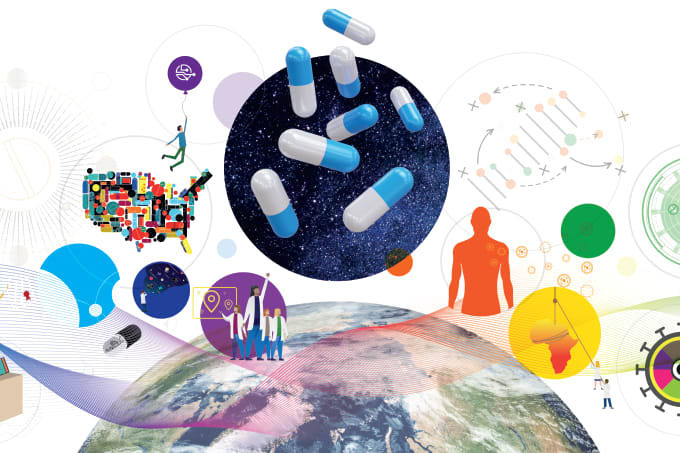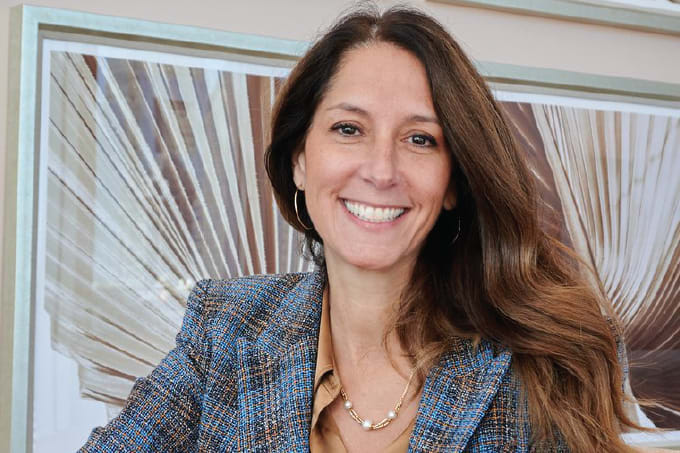
A super-consortium?
The Cell and Gene Therapy Catapult (CGT Catapult) has formed a consortium with Cellular Origins and Resolution Therapeutics to develop a fully automated, scalable manufacturing platform for cell and gene therapies. Supported by a £1 million Innovate UK Smart Grant, the 20-month project will aim to address the current limitation where manual manufacturing processes can only produce enough doses for less than seven percent of eligible patients globally. The consortium will integrate Cellular Origins' Constellation robotic platform at CGT Catapult's Digital and Automation Testbeds, with the goal of facilitating testing and adoption of next-generation manufacturing technologies in a GMP-mirroring environment. The project also involves collaboration with ScaleReady and Autolomous to advance CGT manufacturing by leveraging advanced robotics, AI, and digitization to increase efficiency, reduce costs, and expand patient access.
New guidelines for improved stem cell donor selection
Cell therapy non-profit NMDPSM and the Center for International Blood and Marrow Transplant Research have released updated donor‑selection guidelines for allogeneic hematopoietic cell transplant (HCT), published in the Journal of Transplantation and Cellular Therapy. The evidence-based guidelines integrate advances in graft-versus-host disease prophylaxis, expanded donor options, human leukocyte antigen (HLA) matching, and non-HLA factors. One key update is expanded donor options, whereby mismatched unrelated donors and haploidentical donors are now viable early choices when combined with post-transplant cyclophosphamide. Further updates include a modified search strategy incorporating HLA-based donor-match likelihood and exact HLA matching. The revisions aim to speed transplant readiness, optimize outcomes, and improve scientific rigor.
CAR-T cell aging linked to cancer relapse
Mayo Clinic scientists have discovered that CAR‑T cell exhaustion (often driven by the overproduction of the protein interleukin‑4 (IL‑4)) can potentially lead to relapse in blood cancer patients. By analyzing pre‑infusion CAR‑T cells from both mice and humans, they found elevated IL‑4 levels correlated with weakening immune cell function. Researchers used CRISPR technology to knock out the IL‑4 gene in CAR‑T cells, significantly restoring their cancer‑killing capacity in the lab. Additionally, monoclonal antibodies that neutralize IL‑4 also revitalize exhausted CAR‑T cells. The team are now looking into the development of strategies to boost the durability and effectiveness of CAR‑T therapies, and potentially reduce relapse rates. Future work will focus on translating these findings into human clinical trials. The team’s insights may pave the way for more robust and lasting cancer remissions in patients receiving CAR‑T treatment.
An alternative route for safer gene therapies?
Researchers at the Centenary Institute, University of Sydney, and Peking University have identified a new cellular receptor, AAVR2, that enables AAVs to enter human cells. Traditionally, high viral doses were required for therapeutic effectiveness, accompanied by risks such as immune reactions and toxicity. This discovery offers an alternative entry pathway that may allow for lower viral doses, potentially reducing side effects and treatment costs while improving precision. Using advanced molecular techniques, the team elucidated how AAVR2 interacts with AAVs and engineered a miniaturized receptor variant that enhances viral uptake in human cells and tissues. The findings have been published in Cell.
The cell therapy implant potential
Researchers at Aspect Biosystems have developed an implantable cell therapy dubbed adrenal Bioprinted Tissue Therapeutics (BTTs). The aim is to develop a functional cure for primary adrenal insufficiency, a life-threatening condition typically caused by Addison’s disease or congenital adrenal hyperplasia. Current treatments rely on lifelong hormone replacement. In an ENDO 2025 presentation, the team described how BTTs, when stimulated with adrenocorticotropic hormone in vitro, consistently released cortisol. When implanted into adrenalectomized mice, the BTTs restored natural hormone function, inducing rapid and sustained cortisol production that followed circadian rhythms. Mice with BTTs also exhibited improved survival over six months, whereas control mice with cell-free implants showed no cortisol response. Aspect Biosystems CSO Sam Wadsworth said, “This novel approach has the potential to serve as a functional cure for primary adrenal insufficiency, transforming the lives of patients with this disease.”
Decoding the Dark Matter of DNA
DeepMind has unveiled AlphaGenome, an AI model that deciphers the vast "non‑coding" 98 percent of DNA that regulates gene activity and influences disease. AlphaGenome can analyze up to one million base-pairs at once with single-base resolution, predicting thousands of molecular features including gene expression, RNA splicing, chromatin structure, transcription start sites, and protein-binding events. Built on convolutional and transformer architectures, trained with data from ENCODE, GTEx, FANTOM5, and the 4D Nucleome, the model outperforms specialized systems in 22 of 24 sequence tasks and 24 of 26 variant-effect benchmarks. It can instantly score the impact of specific genetic variants by comparing mutated and unmutated sequences. For instance, AlphaGenome accurately predicted a mutation in T‑cell acute lymphoblastic leukemia that activates the TAL1 oncogene via a MYB binding motif. Although not intended for clinical use, it’s now available via API for non-commercial research.




